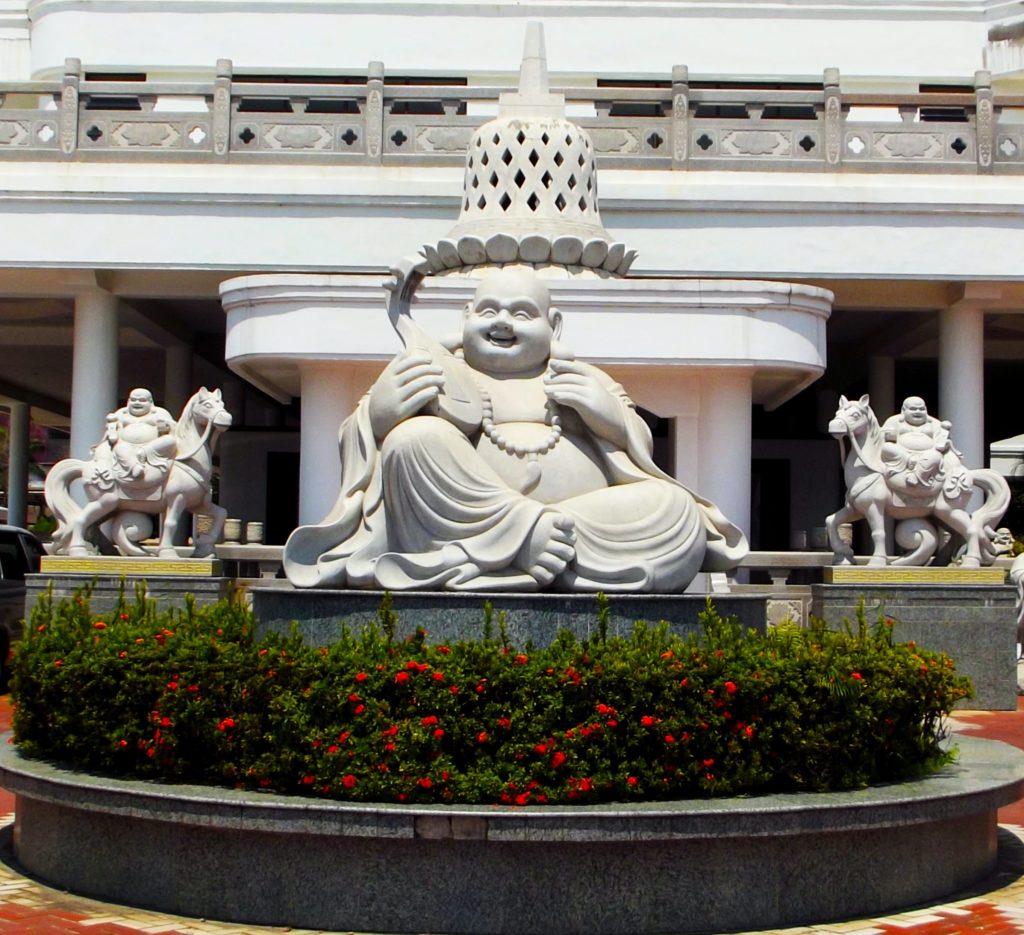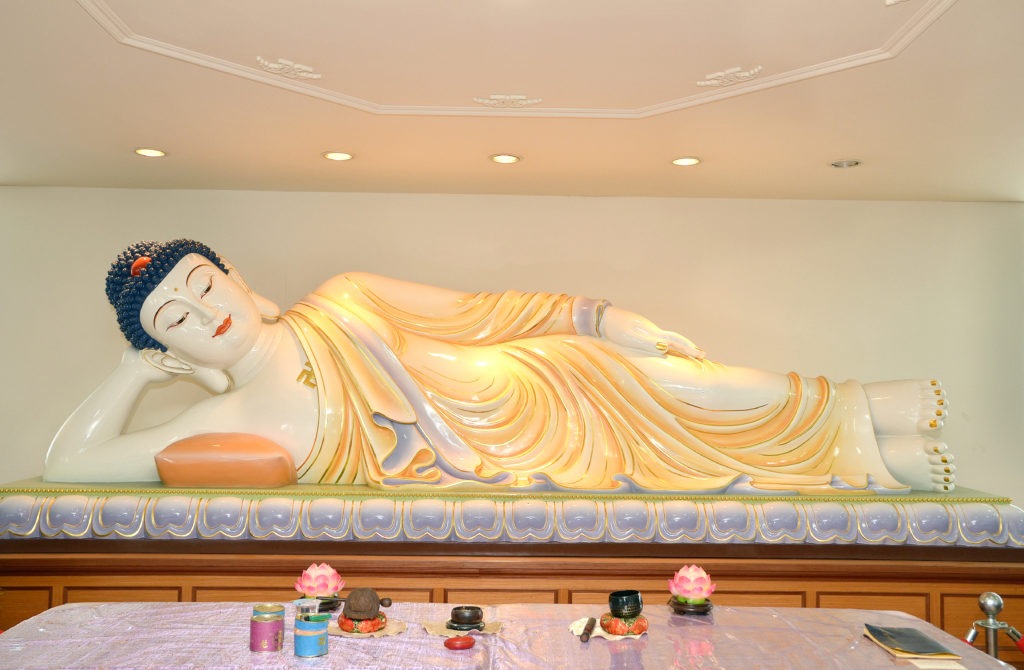You are here
BUDDHA STATUES AND MEANINGS

Having trouble finding the perfect Buddha Statues to place at your home? We have a solution for you.
You can find various types of Buddha statues in the market, especially in Asia. These statues are spotted in various forms of Mudras, hand or leg gestures, and poses. We have compiled brief details and meaning of the most common types of Buddha Statues, postures, and their connotation to help you understand and identify the one for your home. Here, now treat yourself with some educational, enlightening, and fun time reading.
[woo-related id=’2933′]
2 Most Commonly Found Buddha Statues in the Asian Market
There are two most commonly found Buddha statues in our bazaar – Guan Yin and Budai.
1. Guan Yin / Kwan Yin/ Kuan Yin
Guan Yin is the Chinese translation of Bodhisattva – Avalokiteshvara. A Bodhisattva represents a person on a path to Buddhahood/Nirvana by Bodhi – Enlightenment, and Sattva – Essence. It is associated with compassion to attain Buddhahood. It is an important part of Buddhist cosmology which has hugely contributed to helping mankind reach the insights and teachings of the Buddha.
The statue depicts Buddha with a vase, often in the left hand, often upright though may be shown pouring water.

2. Budai/ Ho Tai/Laughing Buddha
Budai is a jolly-natured monk who was an uppermost follower of Buddhism. Budai has a big smile on his face, a chain of beads around his neck, and robes. He is known for his bag of gifts to children who came to learn Buddha’s teaching. He is famous among the young ones, friends, and colleagues as Laughing Buddha as he is recalled as the one with a very good sense of humor who led interesting, fun-filled life.
Different types of Buddha Statues
Buddha’s statues form can be distinguished by the Buddha’s body and Mudra positions. There are 3 body positions that Buddha statues represent:
1. The Body Position

a. Sitting
This Buddha position portrays meditating and practicing seeing deeply into the things around and near him.
b. Reclining
This position represents the Nirvana where Buddha is taking a rest/sleeping on the right-hand side with a carefree and detached feeling. Many believe this pose depicts Buddha as the endless cycle of birth-death-rebirth and enters Nirvana.
c. Standing
This position depicts that high above they are watching us, our actions, and others. From that observation, justice will be served to regain the balance – Karma above us.
2. The Leg Position

There are 2 most common leg poses in a seated position.
a. The Single Lotus
The most common Buddha statues have a single lotus position. It is a simple crossed leg position where the left foot rests on top of the right thigh while the right foot is underneath the left thigh. This posture creates a sort of triangle surface to sit on – created by your two knees and another point where your leg cross.
b. The Double Lotus
In this position, just like the Single Lotus, both the legs are crossed and put over each other in a symmetrical form. This is advanced position used in deep meditation and is very common in Yoga.
3. The Hand Position

There are many different types of hand gestures “Mudra”. Today we will list the most common Mudra found in Buddha statues.
a. Protection Buddha
A Buddha with his right hand raised up and facing outward is a Protection Buddha. Whenever we face danger or something that might harm us – our hand reflex up with the palm facing outward to act as a shield to protect. In this position, the other hand is calm and placed on the lap which means when you face a challenge and trying to protect yourself and your family – you should keep a calm attitude to overcome the matter. It also represents courage to overcome your own self at times when you lose yourself. Looking at the statue with this meaning help bring you back to your true self.
b. Teaching Buddha
In this position, the Buddha holds the right hand up, palm outward with his thumb and index finger pressing against each other. This position meaning the Buddha trying to bring energetic harmony to the fears and worries inside the self and project the better energy to those around. The statue shows the Buddha giving the first sermon after Enlightenment.
c. Meditation Buddha
In this Mudra, Buddha’s hands are placed comfortably on the laps, with eyes either half-closed or open, and legs single-lotus crossed to do meditation. The Buddha statues emit calm, peaceful, and serenity for people to look at and feel. Get yourself together when you feel your thoughts are falling apart.

iMartNepal provides various types of Buddha statues made of wood, metal, etc. in miniatures to huge size forms, uncover them in our Craft category. Keep up the positive vibe in your daily life, incorporate your energy with Buddha’s peaceful statues by placing them around you.









Leave a Reply